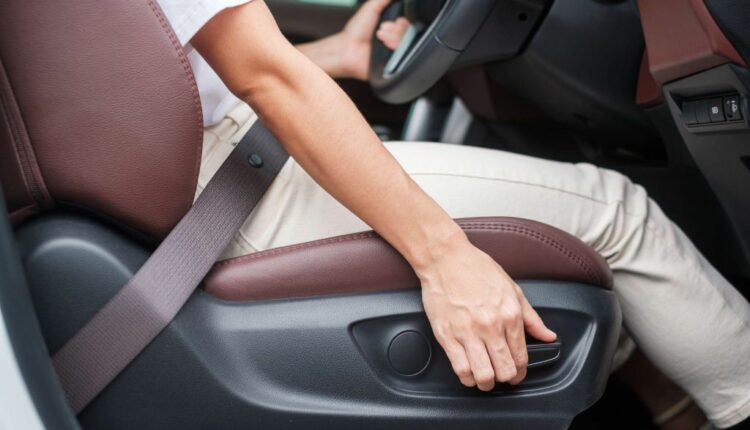How to Properly Adjust Your Car Seat, Headrest, and Steering Wheel for Optimal Safety
Drivers have been urged to ensure their seat, headrest, and steering wheel are in the correct position or risk seriously compromising safety. Motoring experts have warned that drivers’ seats should be adjusted to reduce the risk of injuries in the long term and in the event of a collision.
The Highway Code states that drivers should ensure head restraints are adjusted properly in order to reduce the risk of injuries to the neck and spine if a collision occurs.
Drivers should also ensure that all passengers in the vehicle have correct adjustments to their headrests.
Head restraints that have been adjusted correctly will prevent movement of the head to provide a good level of support in the event of a motoring accident.
A badly adjusted head restraint and seat will not only compromise the safety of drivers and passengers but could lead to longer-term back and neck problems.
It is recommended that the top of the head restraint should be as high as the top of the head, and as close to the back of the head as possible.
This means drivers should adjust their seating position and the restraint to ensure there is no gap between the back of their head and the headrest.
The head restraint must also be lifted up to be as high as the top of the head.
A badly adjusted head restraint that is too low and too far away will not provide protection to the head and neck – potentially increasing the risk of long-term injuries and whiplash.
Headrests with the correct adjustments will also help ensure motorists’ comfort when seated for long periods of time.
The Highway Code also states that drivers should make sure their seats have been adjusted properly.
This will give motorists a clear line of vision of the road ahead, comfort, and full control of the vehicle.
Drivers should keep adjusting the position of their seats until they can comfortably push down the clutch pedal to the floor without having to move their bodies.
This should also mean that the knees aren’t touching the steering wheel – the wheel can also be adjusted to ensure a correct and comfortable position.
Motorists must ensure the wheel does not restrict their view of the dashboard, and sit as far back as possible.
Sitting further back ensures that the steering wheel airbag will operate correctly, and reduce the risk of injury when the bag explodes.
Tim Alcock from LeaseCar.uk said: “Many of us are probably guilty of not checking that our seat, wheel and head restraint have been adjusted to be in the correct position each time we get in the car.
“Sitting incorrectly will not only compromise your safety in the event of a collision but can also cause discomfort when driving for long periods of time and potentially lead to long-term back and neck problems.
“It’s important to follow the guidance issued in the Highway Code to be sat in the optimal driving position.
“Check that your head restraint touches the back of your head and is as high as the top of your head, too.
“The seat should be as high as possible to see the road clearly ahead, but drivers should also check they can push the clutch pedal down to the floor without stretching their body.
“Steering wheel positioning should also be adjusted to ensure the airbag will be as effective as possible in the event of a collision – the seat should be as far back from the wheel as possible.
“The seating position should be adjusted for all passengers in the vehicle too, and if anyone else drives your car, remember to re-adjust your seat and wheel position.”


Comments are closed.